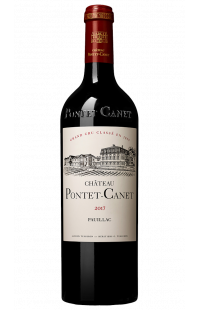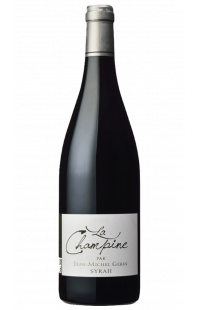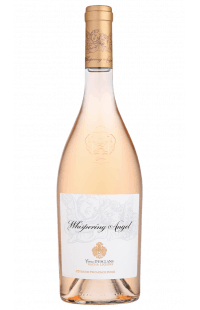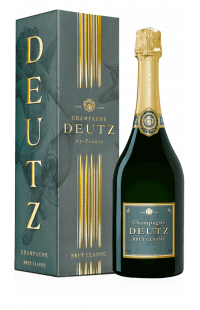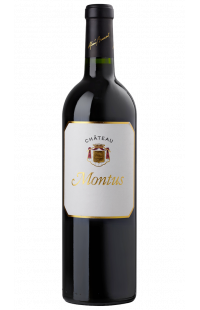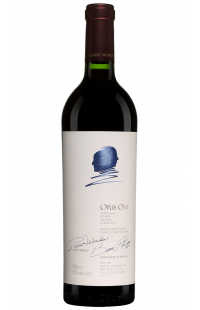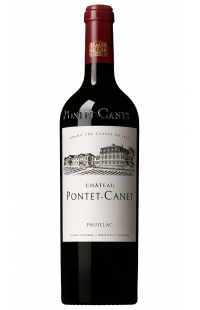Saint Véran Wines
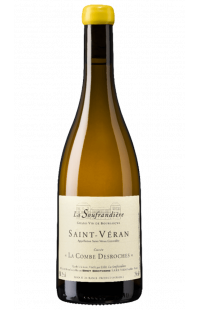
Available in
- Bottle (75cl)
- 29.90€ / bottleTASTING NOTES
Specifications
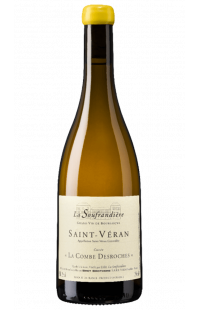
Available in
- Bottle (75cl)
- 29.90€ / bottleTASTING NOTES
Specifications
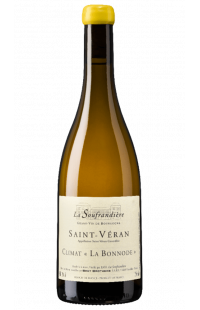
Available in
- Bottle (75cl)
- 37.90€ / bottleTASTING NOTES
Specifications
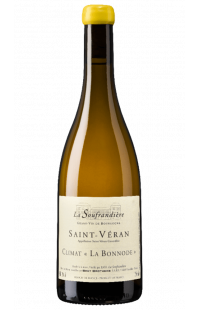
Available in
- Bottle (75cl)
- 38.90€ / bottleTASTING NOTES
Specifications
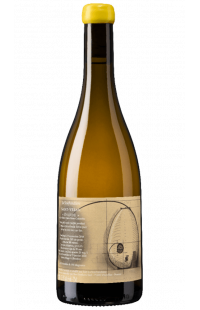
La Soufrandière: Saint Véran Climat "La Bonnode" Cuvée Ovoïde Zen 2023
Burgundy - Saint Véran - White Wine -Available in
- Bottle (75cl)
- 38.90€ / bottleTASTING NOTES
Specifications
